John H. S. Lee0521897238, 9780521897235, 9780511415296
Table of contents :
Cover……Page 1
Half-title……Page 3
Title……Page 5
Copyright……Page 6
Contents……Page 9
Preface……Page 13
1.1 Deflagrations and Detonations……Page 15
1.2 Discovery of the Detonation Phenomenon……Page 18
1.3 Chapman–Jouguet Theory……Page 19
1.4 The Detonation Structure……Page 21
1.5 Dynamics of the Detonation Products……Page 24
1.6 Stability of the Detonation Front……Page 25
1.7 Influence of Boundary Conditions……Page 26
1.8 Deflagration-to-Detonation Transition (DDT)……Page 29
1.9 Direct Initiation……Page 31
1.10 Outstanding Problems……Page 33
Bibliography……Page 36
2.1 Introduction……Page 40
2.2 Basic Equations……Page 41
2.3 Rayleigh Line and Hugoniot Curve……Page 43
2.4 The Tangency (Chapman–Jouguet) Solutions……Page 46
2.5 Entropy Variation along the Hugoniot Curve……Page 49
2.6 Downstream Flow Conditions……Page 50
2.7 The Chapman–Jouguet Criterion……Page 52
2.8 Rankine–Hugoniot Relations……Page 56
2.9 Deflagrations……Page 60
2.10 Closing Remarks……Page 64
Bibliography……Page 66
3.1 Introduction……Page 67
3.2 Basic Equations……Page 68
3.3 Diverging Cylindrical and Spherical CJ Detonations……Page 71
3.4 Piston Motion behind Diverging Detonations……Page 73
3.5 Diverging Detonations in a Nonuniform Medium……Page 79
3.6 Closing Remarks……Page 85
Bibliography……Page 86
4.1 Introduction……Page 87
4.2 The ZND Structure for an Ideal Gas……Page 89
4.3 Pathological Detonations……Page 97
4.4 Nonideal Detonations……Page 103
4.5 Closing Remarks……Page 109
Bibliography……Page 111
5.1 INTRODUCTION……Page 112
5.3 Normal-Mode Linear Analysis……Page 113
5.4 Asymptotic Modeling of Unstable Detonation……Page 115
5.5 High Activation Energy and the Newtonian Limit……Page 116
5.6 Asymptotic Analysis of Multidimensional Instabilities……Page 117
5.8 Asymptotic Limit of Weak Heat Release……Page 119
5.9 Direct Numerical Simulation of Unstable Detonation……Page 120
5.10 One-Dimensional Instability (One-Step Reaction Rate Model)……Page 122
5.11 Effect of Chemistry on Stability……Page 132
5.12 Two-Dimensional Cellular Instability……Page 142
5.13 Closing Remarks……Page 153
Bibliography……Page 155
6.1 Introduction……Page 161
6.2 The Spinning Detonation Phenomenon……Page 162
6.3 The Manson–Taylor–Fay–Chu Acoustic Theory of Spinning Detonation……Page 166
6.4 Structure of the Spinning Detonation Front……Page 171
6.5 Multiheaded Detonations……Page 184
6.6 Cellular Structure in Other Geometries……Page 192
6.7 Cell Size and Chemistry……Page 208
6.8 Closing Remarks……Page 213
Bibliography……Page 215
7.1 INTRODUCTION……Page 218
7.2 Velocity Deficit……Page 219
7.3 Detonations in Rough-Walled Tubes……Page 228
7.4 Acoustically Absorbing Walls……Page 241
7.5 Detonation Limits……Page 249
7.6 Closing Remarks……Page 259
Bibliography……Page 261
8.1 Introduction……Page 264
8.2 Gasdynamics of Deflagration Waves……Page 266
8.3 Salient Features of the Transition Phenomenon……Page 272
8.4 Flame Acceleration Mechanisms……Page 276
8.5 Onset of Detonation……Page 291
8.6 Criterion for Transition from Deflagration to Detonation……Page 300
8.7 Closing Remarks……Page 307
9.1 INTRODUCTION……Page 311
9.2 Blast Initiation (Experimental Observations)……Page 313
9.3 Numerical Simulation of Blast Initiation……Page 328
9.4 The Critical Tube Diameter……Page 341
9.5 Other Means of Direct Initiation……Page 353
9.6 Theory of Blast Initiation……Page 363
9.7 The SWACER Mechanism……Page 374
9.8 Closing Remarks……Page 382
Bibliography……Page 384
Index……Page 387
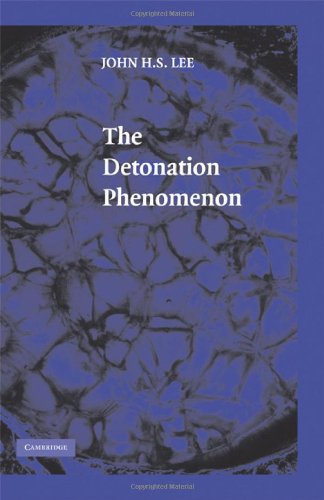
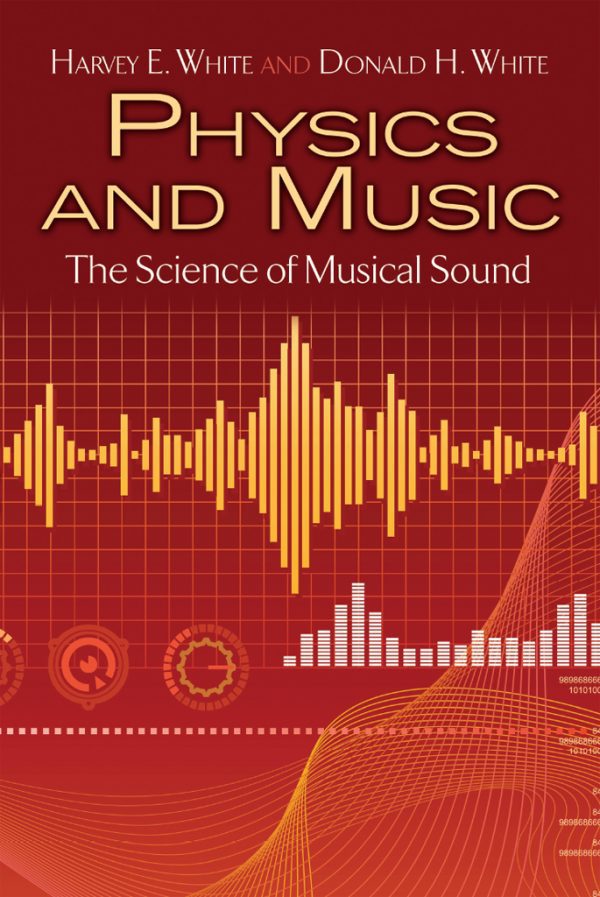
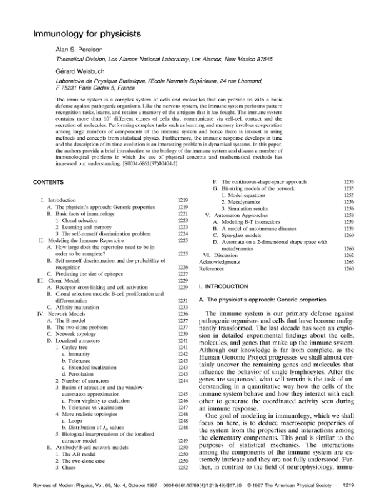
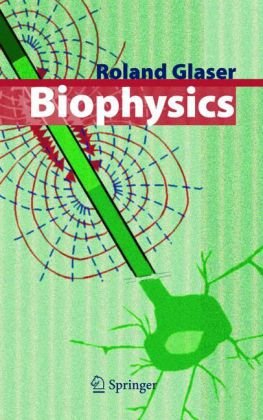
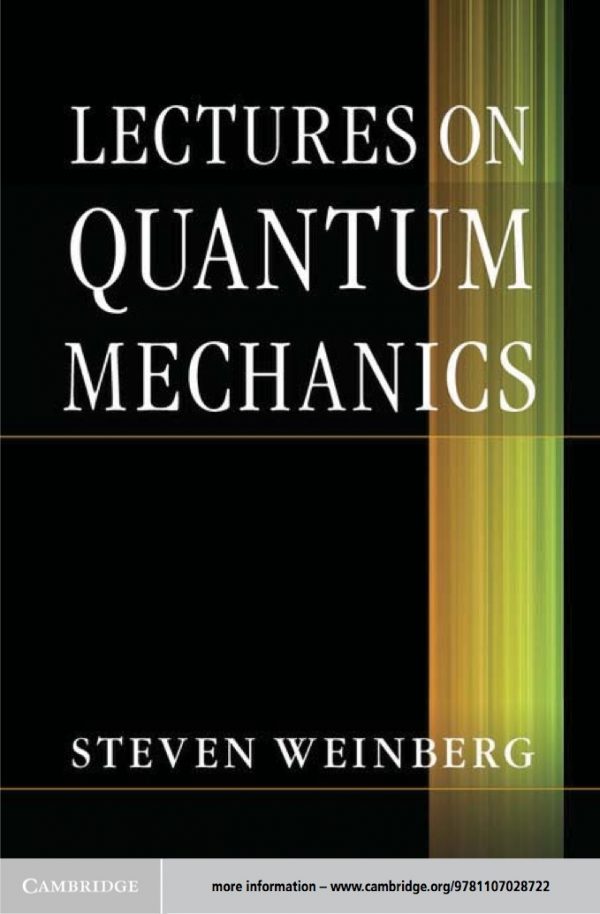
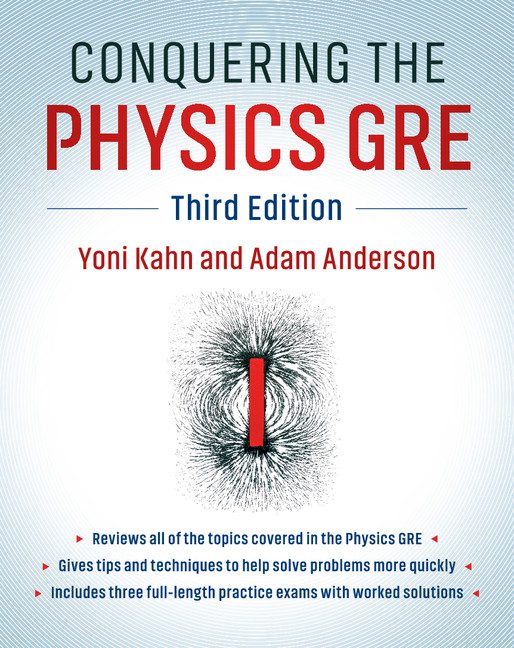
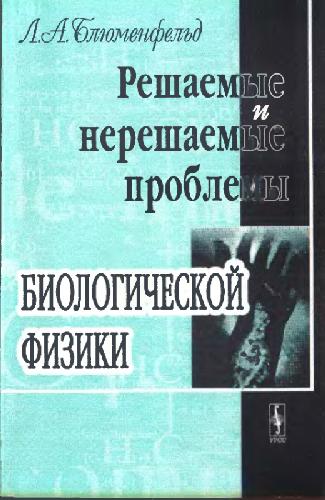
Reviews
There are no reviews yet.